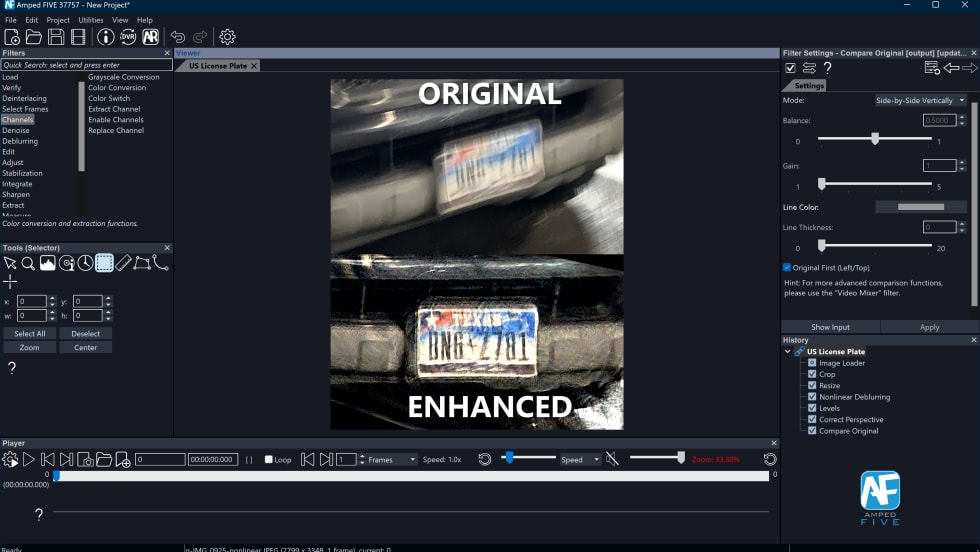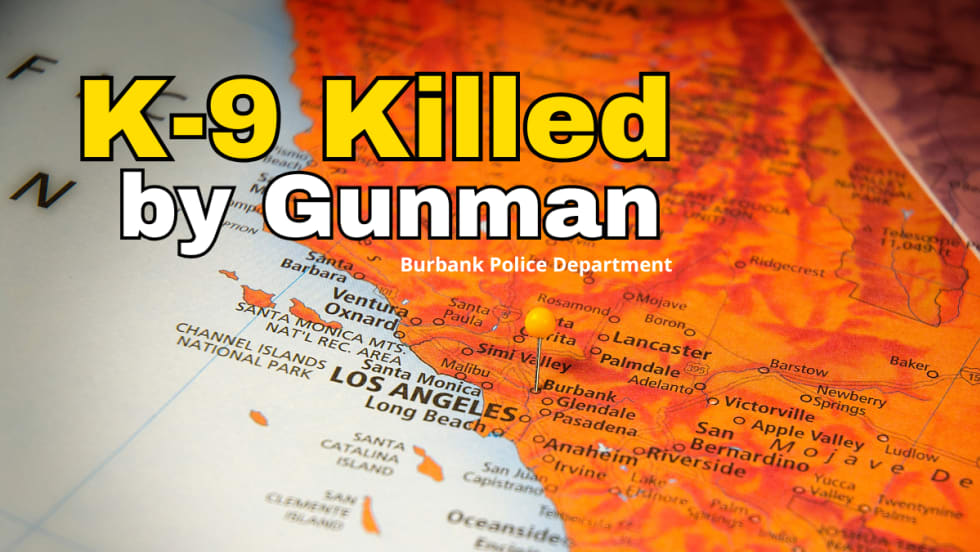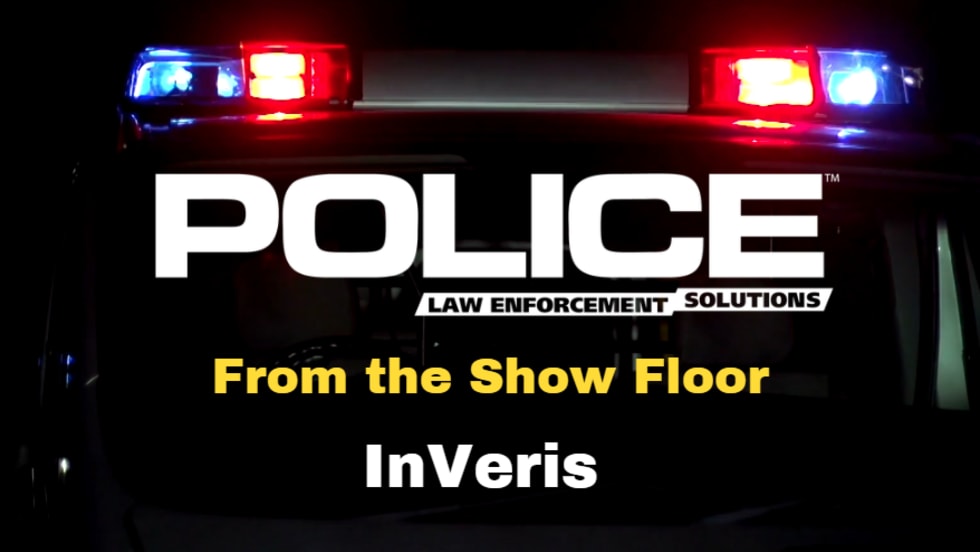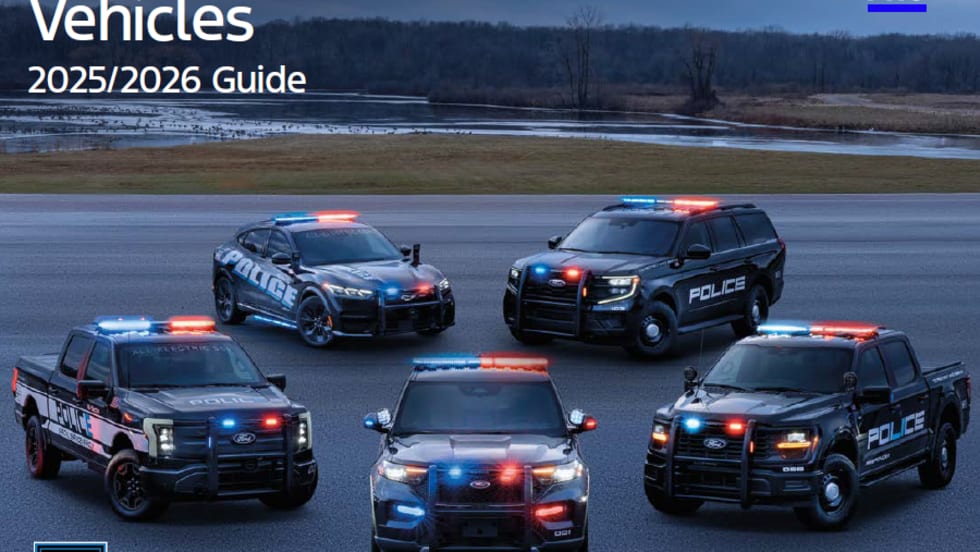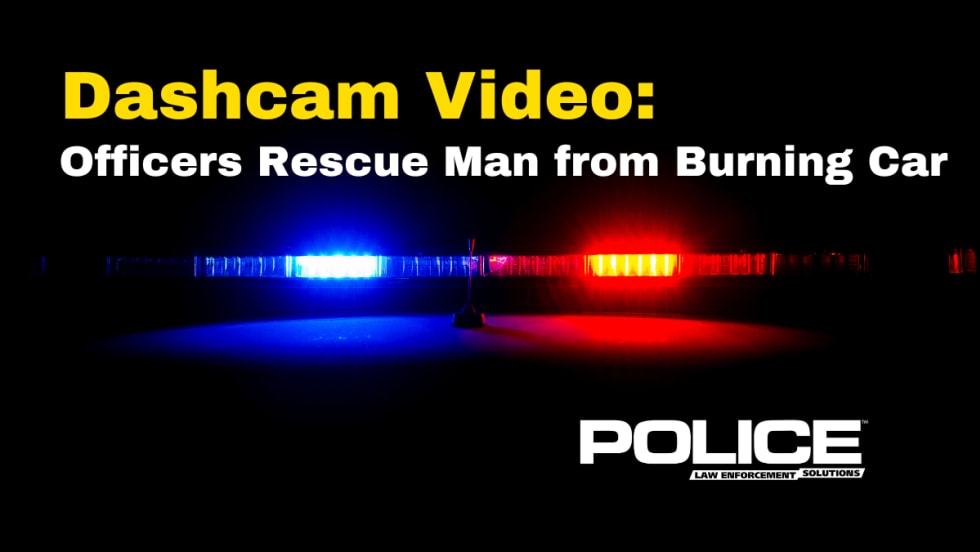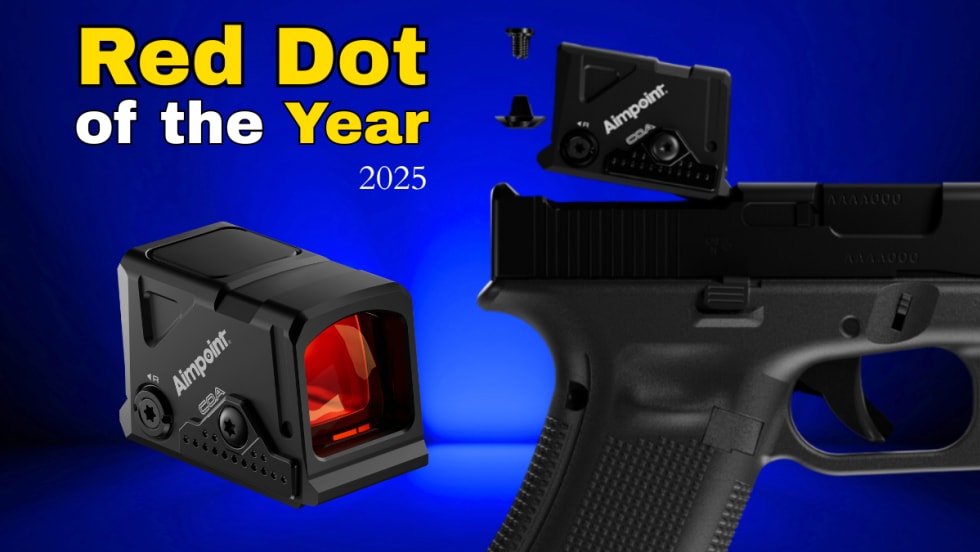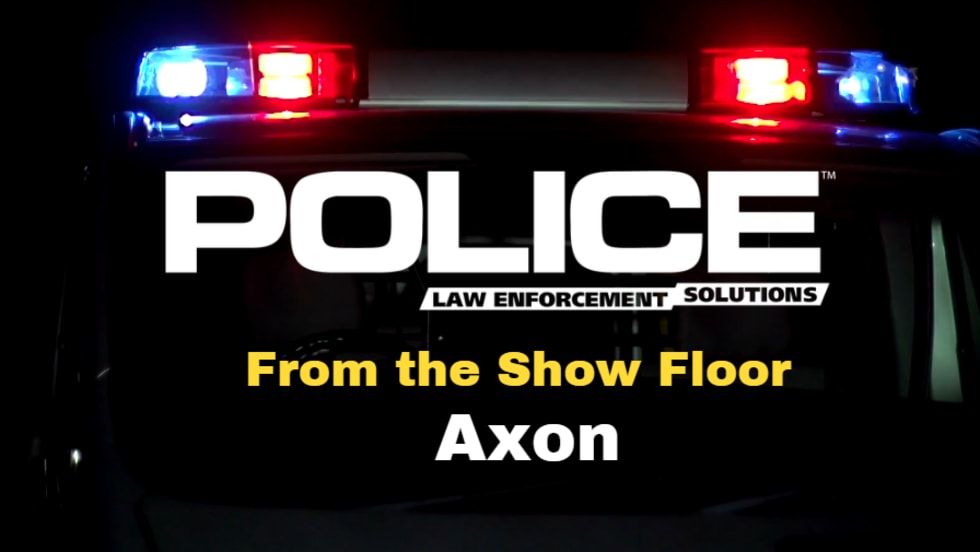In April, as the world watched millions of people descend on Vatican City for the funeral of Pope John Paul II, few would have realized that they were watching the inspiration for the crowd management tactics employed by America’s largest police force.
Several years ago, a high-ranking executive with the New York City Police Department visited St. Peter’s Square. He returned to New York from Italy and talked to his department about the effective way safety lanes were being used to control crowds in Vatican City. After doing its own research, the NYPD decided to try similar procedures and found them to be very effective.
In the NYPD’s modified version of the Vatican City crowd management strategy, crowds are separated into smaller groups using barriers. Then lanes are created that allow public safety personnel to walk through the crowd. Even larger lanes are created so emergency vehicles such as fire engines or ambulances can move into or through the crowd as necessary.
Times Square
The Big Apple’s crowd management strategy is most evident during two major events: the Macy’s Thanksgiving Day Parade and New Year’s Eve in Times Square.
“Initially in Times Square, people would inundate the area without any control on where they would be,” says Allan Howell, former chief of the NYPD’s Manhattan South Division. “Many of them would come intoxicated or would become intoxicated while they were there.”
There was also crime. Groups of pickpockets and worse preyed on the crowd. “The crowds were so dense, the perception was they could get away without a police officer catching them, and they were right,” Howell says, adding that each year would bring hundreds of robberies, assaults, and disorderly conduct incidents.
“It was kind of scary,” Howell admits. “We would say anyone who has been here for New Year’s and comes back for a second time, there had to be something wrong with them, unless they were assigned there as a police officer.” He adds that when those conditions prevailed the members of his department would warn people to stay away.
NYPD officers stopped giving such advice when they started to manage the crowds using wooden and metal barriers and the number of crimes began to diminish.
At first the controlled zones were large, and the problems continued. But by adjusting the configurations of the barriers, New York’s finest learned how to do the job. They eventually decreased the size of the area where crowds could congregate. The zones were reduced to two in a one-block area. When each zone was 75 percent filled, no more people were allowed in. Each zone was surrounded by a “frozen zone,” which allowed police to patrol the perimeters.
An added advantage to the zone system is it allowed police to take alcohol away from revelers once they were in each cordoned off area. This tactic was soon revised so that officers began confiscating alcohol as people entered their zone.
By the time of the massive millennium celebrations in 2000, the crowd was so well managed during New Year’s events in Times Square that NYPD officers invited their spouses. “We reduced the problems in the area to really zero and the last several years no serious crimes have been committed, which is quite amazing.”
Advance Planning
With good planning and coordinated response, crowd control can be successful. Without it, events can spiral out of control, tactics can backfire, and officers can find themselves in trouble.
Within the past few years, Boston has hosted the Democratic National Convention, three NFL championship celebrations, and a Red Sox World Series championship. As a result, the Boston Police Department has learned some hard lessons about crowd management.
Superintendent Robert Donford readily admits his department has had its share of crowd control successes and failures. He says the root of the failures is easily determined. “We didn’t follow our own plans and protocols to handle these groups,” Donford explains.
Unfortunately for Donford and his department, it is the failures that can mark an agency.
Last October after the final game of the World Series, an estimated 60,000 to 80,000 people began celebrating in the area surrounding Fenway Park. Police feared the crowd would get out of control. In an attempt to disperse the crowd, Boston officers deployed a CO2-powered OC launcher. They fired the weapon into the crowd, and a 21-year-old college student was hit in the eye by a projectile filled with OC powder. She later died of a brain injury.
“Some people were injured and a young girl lost her life,” says Donford. “Our own policies were not complied with, and we have very serious consequences because of it.”
Lessons were learned from that incident and others, lessons that have become invaluable to the Boston PD. The city now has a detailed crowd control plan, one that is constantly being updated and critiqued.
Most of the events the Boston PD handles are organized demonstrations, which allows officers to contact a person to negotiate things like what the demonstrators want to do, the number of people they expect, where they will form, where they intend to march to, and how they will disperse. These types of events are the easiest to manage because they can be planned for in detail.
Another type of crowd control scenario that Boston PD has to deal with is the spontaneous celebration of sports championships. This can be the most difficult type of crowd control situation because the people involved have no leadership and no organization.
Boston PD prepares for these events by the formulation of an operational plan. This plan includes an outline of what to expect, a concept of how to deal with what may take place, and it accounts for different scenarios.
“We try to develop strategies so that our commanders know before the incident, if the crowd does this, this is our response,” Donford explains. “Our advance planning is very detailed, including which way to move the crowd if it forms in a certain location,” he says.
Boston PD’s pre-event planning has been refined to where it is now a very meticulous exercise. Using available intelligence, commanders role play and table-top different strategies against a variety of scenarios.
Action and Reaction
Of course, you can only plan for so many crowd control contingencies. Actual events will surprise you.
“The worst thing that sometimes can occur is a new picture, something you may not be prepared for, and then you have to make decisions on the fly,” says Donford. “But if you can sit down with the commanders and think of worst-case situations, the commanders already have a scripted approach such as, if this group does this, this is what we do.”
Donford adds that the key to strategic reaction to the unexpected is to have someone in charge of the entire operation. This “supreme” commander should be positioned in a tactical operations center where he or she has access to intel from all units at the event and can see the big picture.
“One of the things we have found, through experience and trial and error, is that somebody has to be overlooking the entire operation,” Donford explains. “The incident commander on the street has so many things to do, so many distractions, that he or she is not able to monitor the entire picture.”
In order to deal with this problem, Boston police broke commands down into geographical areas or zones. Each zone is the responsibility of an individual commander who is assigned specific resources. In addition, tactical resources are available that can deploy to support any zone that needs assistance. The tactical and the uniformed commands are centralized into one place, which controls the entire city. They can also direct the state police and any other resources that need to be brought in such as fire, EMS, public works, and other public safety agencies.




